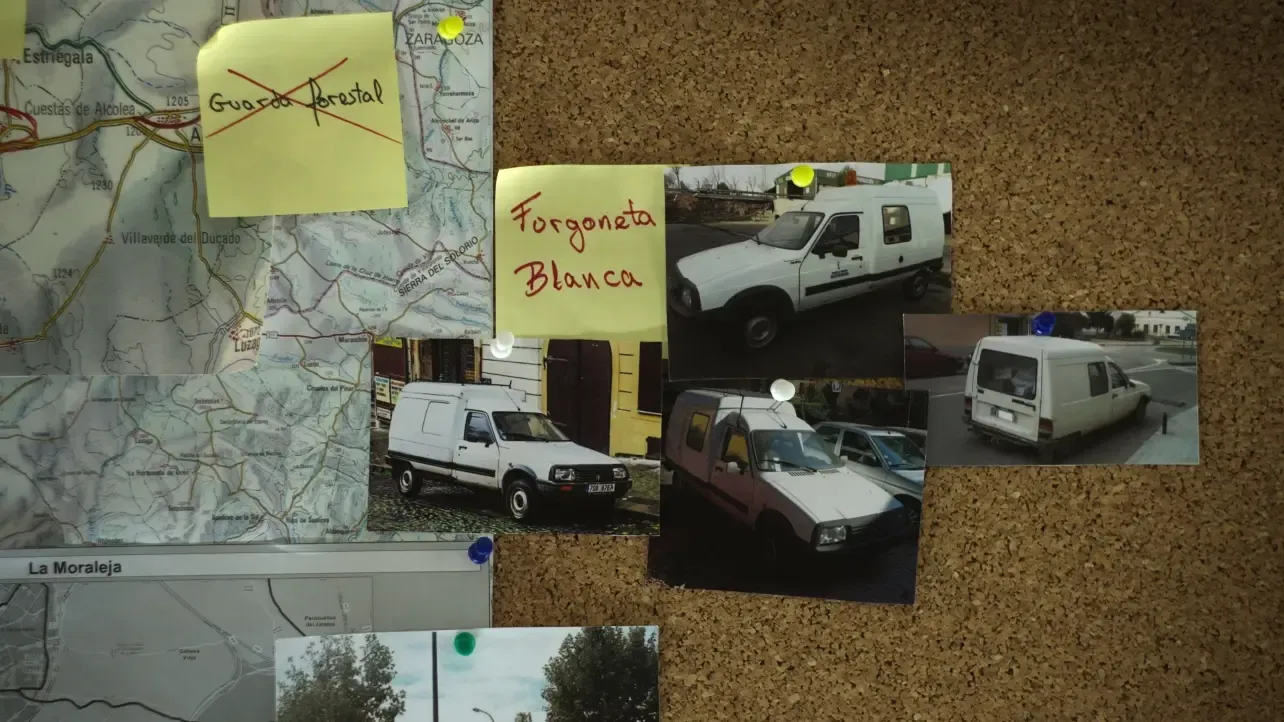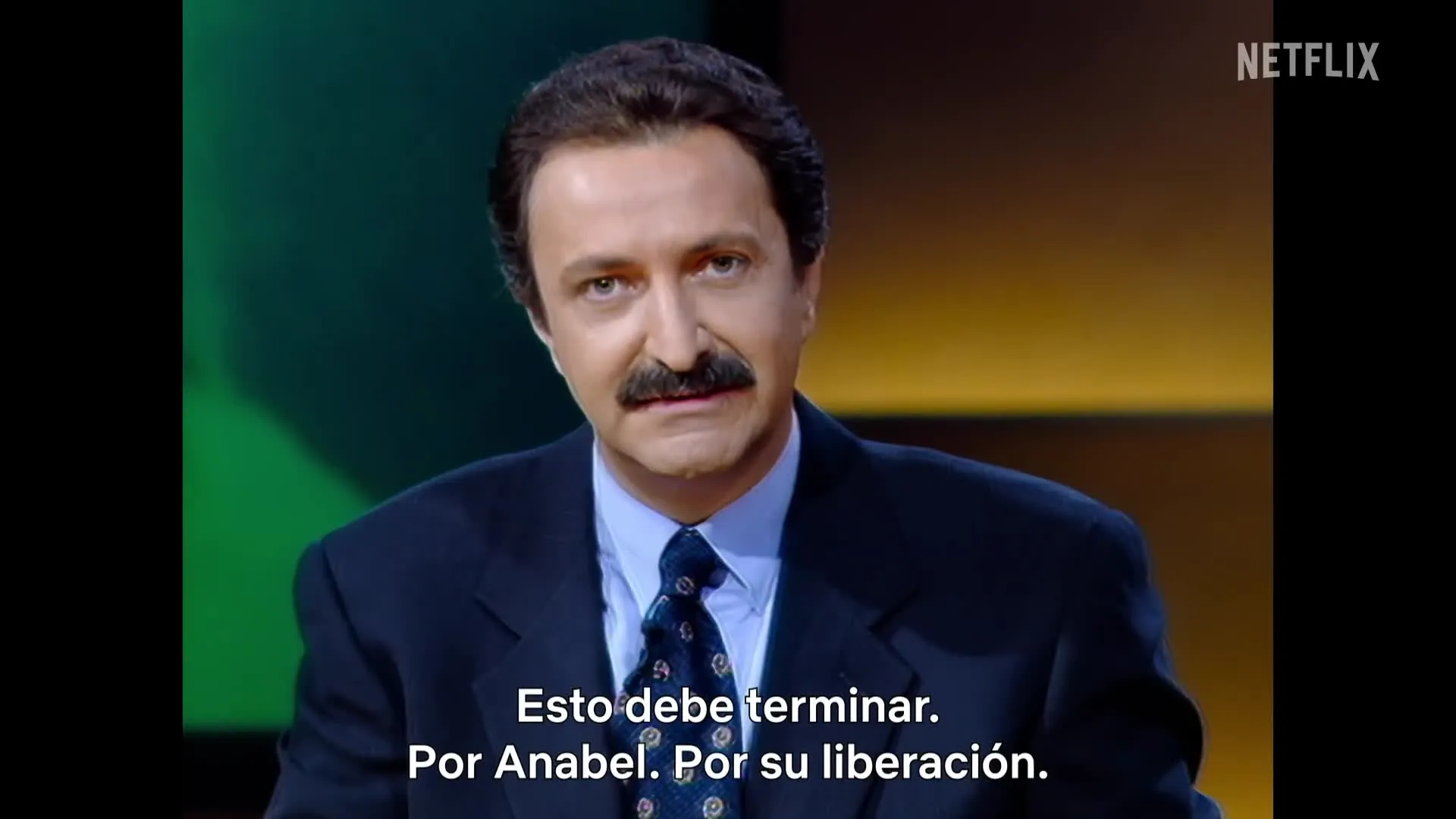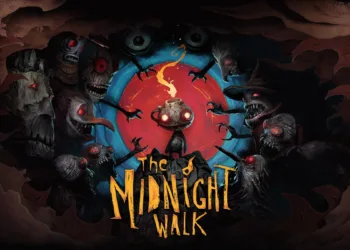900 Days Without Anabel weaves the stark reality of Anabel Segura’s kidnapping into its storytelling. The series presents Anabel, a 22-year-old from Madrid, showing her life beyond typical true crime statistics.
The abduction happened during Anabel’s jog on April 12, 1993, leaving her family and Spain in distress. The story moved from early suspicions about ETA to the revelation that money drove her kidnappers. This shift reflected social patterns, where personal accounts replaced broad political conflicts.
The series stands out through its technical elements. The mix of staged scenes with news clips builds suspense. The audio work adds emotional depth.
900 Days Without Anabel creates something fresh in independent cinema, mixing artistic quality with broad appeal.
Structure and Style: A Deep Dive into 900 Days Without Anabel
900 Days Without Anabel splits into three parts that match how the case went. Each episode works as a piece of the story. The series shows the facts piece by piece while keeping viewers watching. This setup lets the show tell about Anabel’s life and Spain during her kidnapping.
The show mixes old news clips with acted scenes to stay real. Like French New Wave films by Godard, who changed movie styles, this series does things differently from other documentaries. The acted parts make sense where they appear and show key moments without making light of what happened.
The show puts interviews next to recordings of the kidnappers’ phone calls. This tells the story from many sides and pulls viewers into what people felt. Facts come out at the same speed as police found them then. The tension grows with each part. The series joins art-film style with clear storytelling that many can follow.
Emotional Impact: The Heart of 900 Days Without Anabel
900 Days Without Anabel shows what the Segura family went through during their daughter’s kidnapping. The family talks openly about their experience in interviews. They speak of their sadness and the small bits of hope they held during the 900 days.
The parents, mainly the mother, talk about their pain and how they kept going. The show presents their raw emotions, with each phone call reminding them of their missing child. Their story feels close and real, like the character-focused films of Greta Gerwig.
Spanish people reacted strongly to Anabel’s kidnapping. Many took to the streets asking for her return, bringing different groups together. News outlets kept talking about the case, and Anabel became a sign of how unsafe people felt.
The mix of one family’s loss and how Spain dealt with it shows how crime touches both people and whole groups. The show tells this story in ways that remind viewers of French New Wave films.
Technical Aspects: Crafting Tension and Emotion in 900 Days Without Anabel
In 900 Days Without Anabel, director Mónica Palomero shows the true crime story with care and truth. She joins old footage with new talks to make something that stays with viewers. Her work helps people see how the kidnapping still affects Anabel Segura’s family and Spain. Palomero knows when to slow down or speed up the story.
The way scenes fit together makes the show gripping. Moving between acted parts and real recordings matches how the police searched for answers. Each scene change has a job, making viewers feel more without going too far. The style brings to mind Noah Baumbach’s movies, where feelings mix with good storytelling.
The sound makes every part better. Music stays quiet but scary, fitting the sad story. The kidnappers’ phone calls break quiet times, making viewers feel scared and unsure.
The show uses dark, gray colors that fit the sad story. The camera work catches both what really happened and how people felt. The pictures tell a story about losing someone and staying strong.
Key Themes: Vulnerability, Resilience, and the Dynamics of Investigation
900 Days Without Anabel shows how people stay strong during awful times. The story of Anabel Segura’s kidnapping proves how fast life can change.
The show presents her family’s pain and what the neighbors felt. Each passing day made the Segura family more scared and sad. Still, they kept going. People went to the streets to show they cared, and many stood together through the bad times. This part of the story speaks to people who fight their own hard battles today.
The police work had good and bad parts. At first, police thought ETA took Anabel, which slowed things down. They made mistakes that kept the Segura family waiting without answers. The show lets people see how police work sometimes helps and sometimes fails.
900 Days Without Anabel points out problems in how crimes get solved. The story uses real people’s words and what happened in Spain to say something about how we handle crime.
Character Profiles: More Than Just Names in 900 Days Without Anabel
In 900 Days Without Anabel, we see Anabel Segura as a real person, not just someone who met a bad end. Her family tells stories about her – what she wanted from life, what she loved, and how she touched people’s lives.
They talk about her laugh and how she wanted to see places far away. These stories show who she really was. The show makes clear that news stories about bad things happen to real people with full lives.
The police tell their side too, showing how the case changed them. They skip the usual cop-show stuff and talk straight about what happened. They tell about feeling pushed to solve things fast, and how they felt bad when they couldn’t find Anabel. We see them as people doing a hard job, making mistakes, trying their best.
The show brings out what each person went through, like Noah Baumbach’s movies that look deep into how people act and feel.
Conclusion: A Profound Exploration in 900 Days Without Anabel
900 Days Without Anabel moves people with its strong feelings and new ways of telling stories. The show does something different from other crime shows – it makes us feel close to what happened.
The way it tells the story puts us right there with Anabel and her family. The real people in the story come through clearly, showing both their weak and strong moments.
The show looks and sounds good too. The director Palomero and her team know when to speed up and slow down. The music and camera work help tell the story better, making it feel real and touching, like good movies do.
People who like smart stories will enjoy 900 Days Without Anabel. The show speaks to anyone who wants to know about crime’s effects on people. Those who watch Noah Baumbach films or French New Wave movies might see things they like. The show tells a true story about real people, going past what news reports say.
The Review
900 Days Without Anabel
900 Days Without Anabel tells its sad story with great skill. The show brings out who people really are and what they feel, and shows us the hard parts of police work. The director Mónica Palomero uses good camera work, puts scenes together well, and adds sounds that make people feel what happened. People who want to learn about how crime affects real lives will find this show stays with them.
PROS
- Deep emotional engagement with characters.
- Innovative narrative structure that transcends typical true crime conventions.
- High-quality production values, including cinematography and sound design.
- Strong thematic exploration of vulnerability and resilience.
CONS
- Some viewers may find the pacing slow in certain episodes.





















































